Sandsend Coastal Protection Scheme – What is the unintended consequence?
In 2016 hard engineering defences were constructed between Whitby and Sandsend. Concrete steps, replacing damaged defences, now protect the 800m section of the coast.
Concrete steps at Sandsend
The defences have been designed to protect the A174 Sandsend Road between Whitby and Sansend. Soft engineering solutions, such as the stabilisation of the boulder clay cliffs have also been introduced. The new coastal defences protect the main road from closure. The image below shows the newly reprofiled cliffs with vegetation to secure the cliff.
Sandsend cliff stabilisation behind the A174
The £9 million project is a partnership development between The Environment Agency and North Yorkshire County Council. The defences avoid regular road closures previously caused by boulder clay landslips in winter and during periods of bad weather.
Work on the lower sections of the new scheme involved building 450 steps using an innovative system that carried concrete along a rail built into the defences. The concrete mix was strengthened by mixing 5mm plastic filaments.
However, subsequent poor weather and strong winds have caused erosion to the sea wall exposing the plastics. Estimates suggest that this is happening over 75% of the structure. Erosion is evident at the bottom of the structure, which is continuously in contact with the sea and beach. As a result of this, plastic filaments are now standard on the beach.
Plastic filaments at Sandsend
Critics of the scheme are campaigning to avoid the use of similar construction techniques in the future.

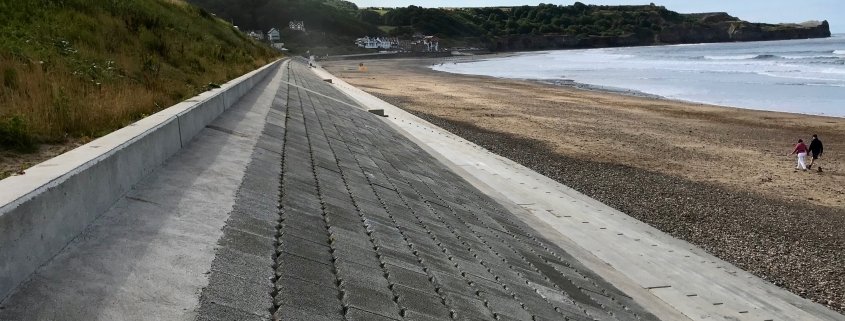
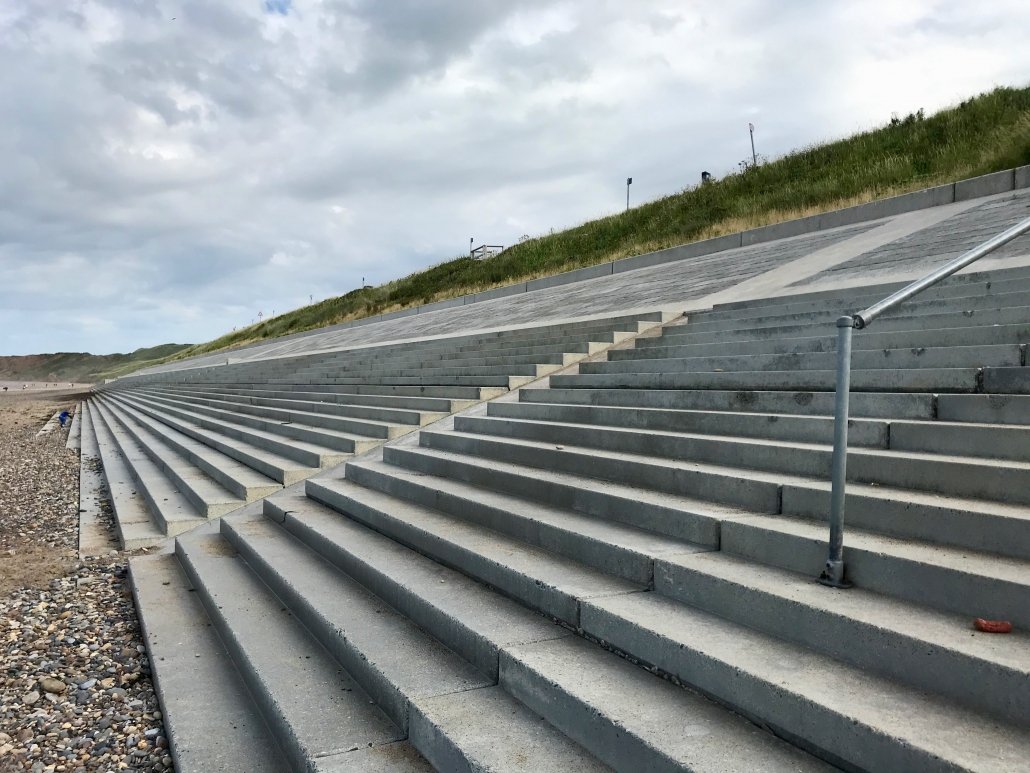
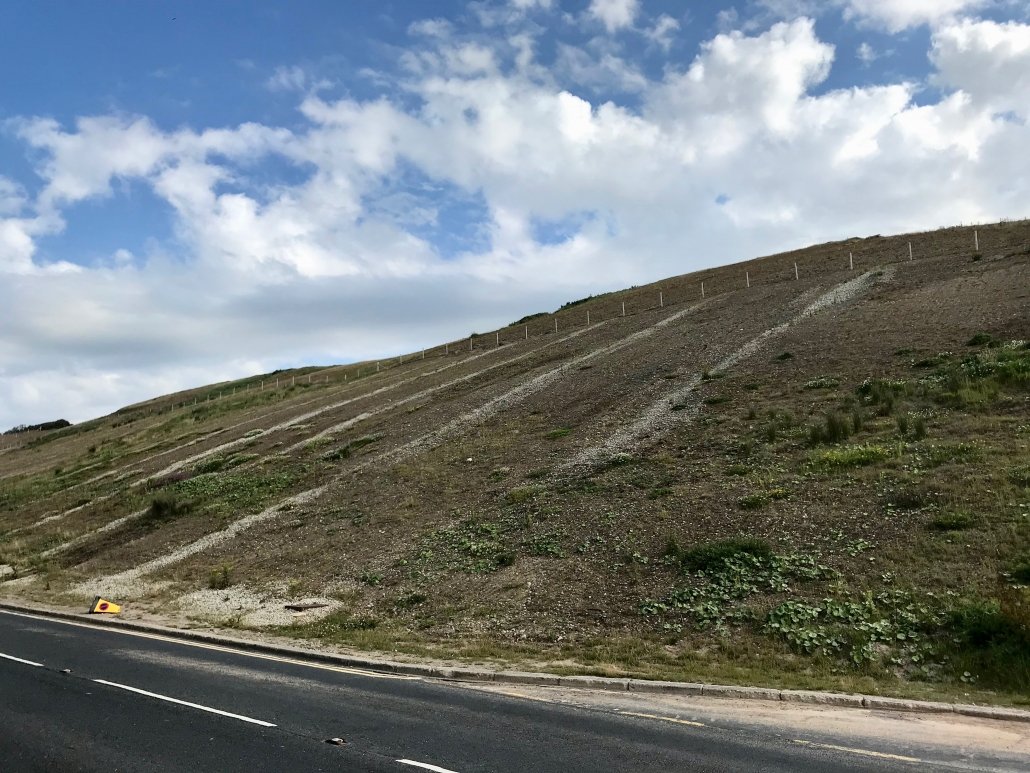
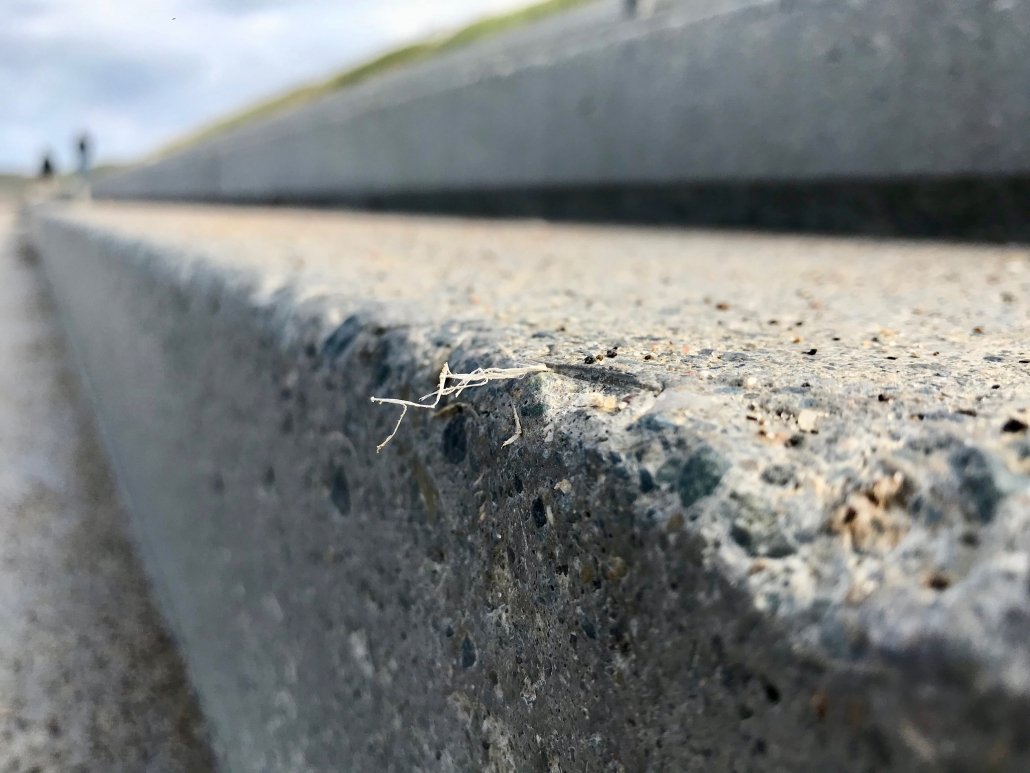




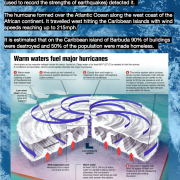



Leave a Reply
Want to join the discussion?Feel free to contribute!